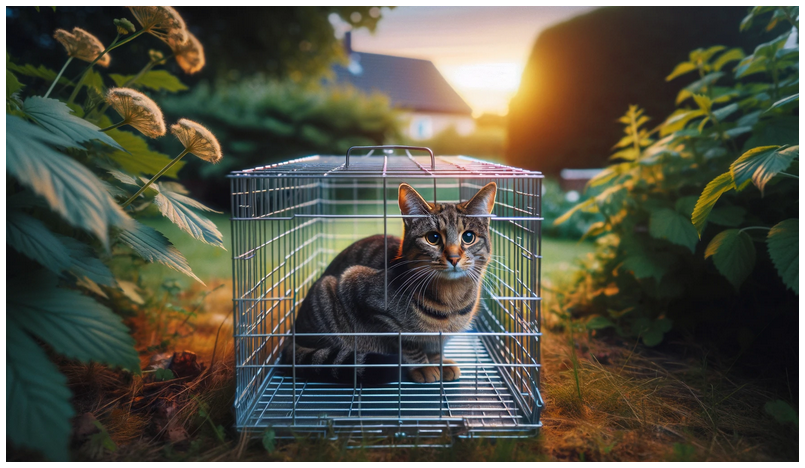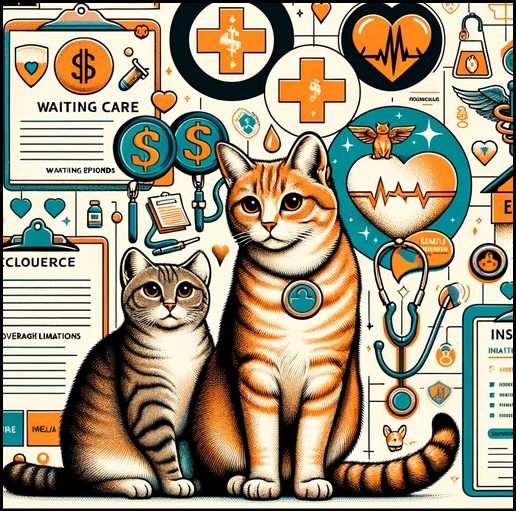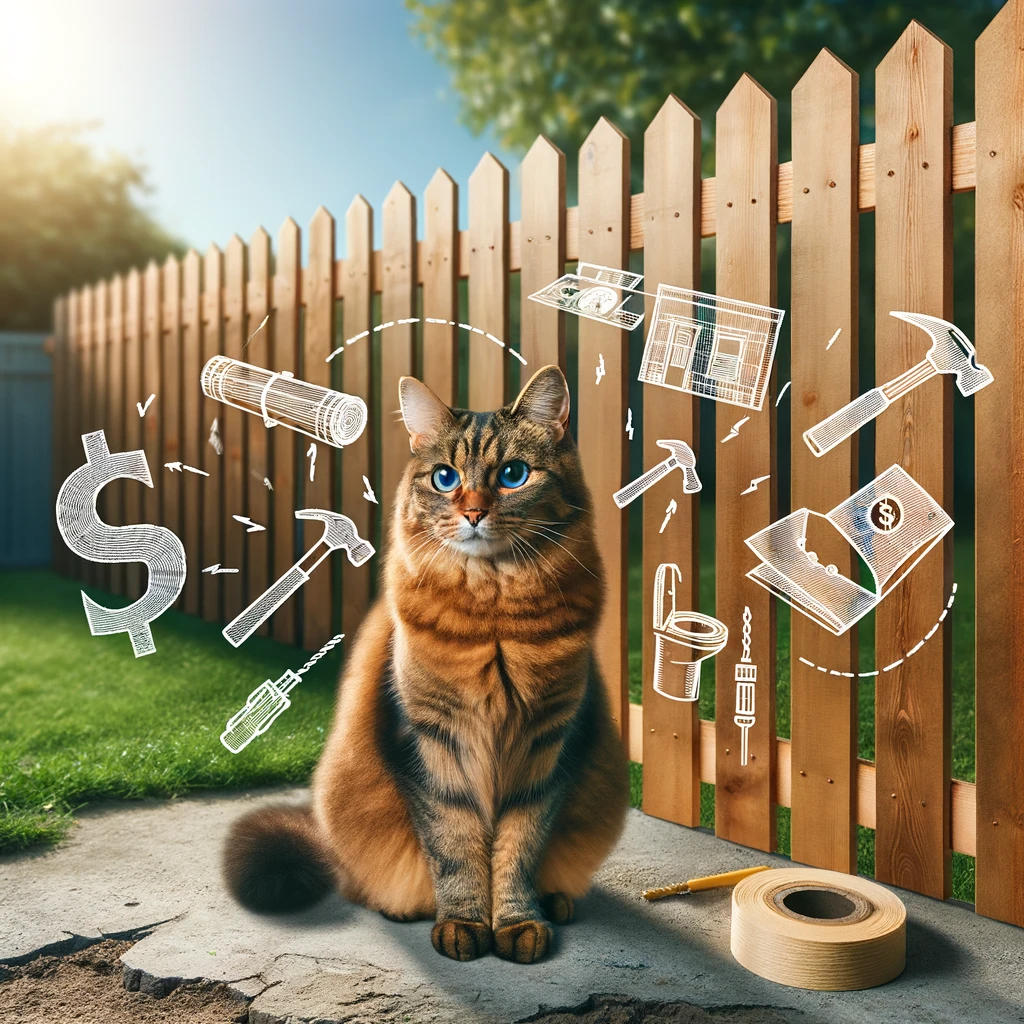Good morning, cat lovers and literary enthusiasts alike! Today, we embark on a delightful journey through the whimsical world of T. S. Eliot’s “Old Possum’s Book of Practical Cats”, exploring its origins, literary significance, and its remarkable transformation from poetic verses to a Broadway sensation and, later, a cinematic spectacle.

Who Was T. S. Eliot?
Thomas Stearns Eliot, commonly known as T. S. Eliot (1888–1965), was a towering figure in English literature, best known for his profound and innovative poetry and plays. An American-born British writer, Eliot’s work fundamentally changed the landscape of modernist poetry with landmark publications such as “The Waste Land” (1922) and “Four Quartets” (1943). His contributions to literature were so significant that he was awarded the Nobel Prize in Literature in 1948 for his outstanding, pioneering contribution to present-day poetry.
Eliot’s influence extends beyond the realm of poetry into the fields of cultural and literary criticism, making him a central figure in the English literary canon. His work is celebrated for its depth, complexity, and exploration of the human condition, often reflecting the disillusionment of the post-World War I generation.
Overview of Old Possum’s Book of Practical Cats
In stark contrast to his more somber and complex works, “Old Possum’s Book of Practical Cats” (1939) reveals Eliot’s lighter, more whimsical side. This collection of playful, imaginative poems about cats showcases Eliot’s versatility and his ability to capture the fanciful lives of felines in verse. The characters, from the mischievous Macavity to the magical Mr. Mistoffelees, are vividly brought to life with wit and charm, making the book a favorite among both children and adults.
The poems in “Old Possum’s Book of Practical Cats” are not just entertaining; they also reflect Eliot’s keen observations of human nature and society, albeit through the antics and personalities of cats. This collection serves as a delightful reminder of the depth and breadth of Eliot’s literary talent.
From Page to Stage: The Broadway Show Cats
The leap from the pages of Eliot’s book to the bright lights of Broadway was made possible by the visionary composer Andrew Lloyd Webber. In 1981, Webber’s musical “Cats” opened in London, bringing Eliot’s characters to life in a way that had never been seen before. The show combined spectacular set designs, extraordinary costumes, and unforgettable music, including the hit song “Memory,” to create an immersive theatrical experience.
“Cats” quickly became a global phenomenon, making it one of the longest-running shows in both West End and Broadway history. Its success is a testament to the universal appeal of Eliot’s creations, as well as to the innovative staging and production values of the musical. The show has been performed in numerous countries and languages, captivating audiences around the world with its magical storytelling and artistic ingenuity.
The Cinematic Adaptation of Cats
In 2019, “Cats” made its transition from stage to screen in a film directed by Tom Hooper. Featuring an all-star cast including Judi Dench, Ian McKellen, Taylor Swift, and Jennifer Hudson, the movie aimed to bring the magic of the musical to a new audience. Utilizing state-of-the-art CGI to create a unique visual style, the film was ambitious in its scope and vision.
However, the movie received mixed reviews, with critics and audiences divided over its execution and interpretation of the original material. Despite the controversy, the film highlighted the enduring popularity of Eliot’s characters and Webber’s music, demonstrating the wide-ranging influence of “Old Possum’s Book of Practical Cats” across different forms of media.
Conclusion
T. S. Eliot’s “Old Possum’s Book of Practical Cats” is more than just a collection of whimsical poems; it is a cultural landmark that has inspired one of the most successful musicals in history and a major motion picture. Eliot’s ability to capture the essence of feline mystique and charm has endeared his work to generations of readers and theatergoers. Whether on the page, the stage, or the screen, the magic of Eliot’s practical cats continues to enchant and entertain, proving that great literature can transcend its original form to become a beloved part of popular culture.
For those interested in exploring more about T. S. Eliot and his work, the T. S. Eliot Society website offers a wealth of resources and links to authoritative sources. Likewise, the official websites for the “Cats” musical and movie provide behind-the-scenes looks at these adaptations, offering fans a deeper understanding of how Eliot’s poetry was transformed into a global phenomenon.
In the end, “Old Possum’s Book of Practical Cats” remains a testament to
Eliot’s literary genius and his unique ability to find the extraordinary in the ordinary, inviting us to see the world through the whimsical eyes of his feline characters. Whether you’re a literary aficionado, a theater enthusiast, or a movie buff, there’s no denying the lasting impact of Eliot’s playful exploration of the cat’s world.
Explore More:
Dive into the captivating world of T. S. Eliot’s cats, and let the magic of words, music, and film whisk you away to a place where cats lead not just practical but truly extraordinary lives.


















